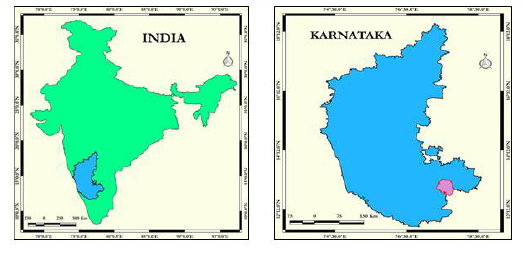
Geographical analysis
Department of Geography & GIS

Department of Geography & GIS

Geographical analysis
Year: 2021, Volume: 10, Issue: 2, Pages: 1-6
Original Article
N Chenrayudu 1 , T Chandrasekarayya 2
Received Date:12 July 2021, Accepted Date:10 September 2021
The sex of a person is a biological character. Balanced sex composition of the Population is essential for growth of human population in any country. But, male dominance had been always recorded in India. Hence, sex ratio and sex ratios at birth trends have been worse in the past lead to a deficit of females thereby cause for many severe issues. The sex ratio in rural India has remained consistently above 900 women for every 1,000 men since 1901. But the ratio in urban areas fell from 910 women in 1901 to about 858 on average over the next nine decades. It was only in 2001 that a turnaround was seen, with the ratio returning to 901. In 2011, the ratio was at a century high of 929 women for every 1,000 men. The natural sex ratio at birth usually has higher male births. It ranges between 943 and 954. But the advantage of higher sex ratio at birth (SRB) is neutralized due to higher male infant mortality in the normal population. In recent period, the sex ratio and sex ratio at birth has been increased significantly. This paper is aimed at examining the increase in sex ratios and sex ratio at birth in India based on secondary data collected from National Family Health Survey-5 (NFHS-5 of 2019-20) and civil registration system, 2018. However, NFHS-5 reveals that these two ratios had increased in recent period results in more female than males.
Keywords: Sex ratio, Sex ratio at birth, sex selective abortion and female mortality rate, mortality, demographic characteristics
© 2021 Chendrayudu & Chandrasekarayya. This is an open-access article distributed under the terms of the Creative Commons Attribution License, which permits unrestricted use, distribution, and reproduction in any medium, provided the original author and source are credited.
Published By Bangalore University, Bengaluru, Karnataka
Subscribe now for latest articles and news.